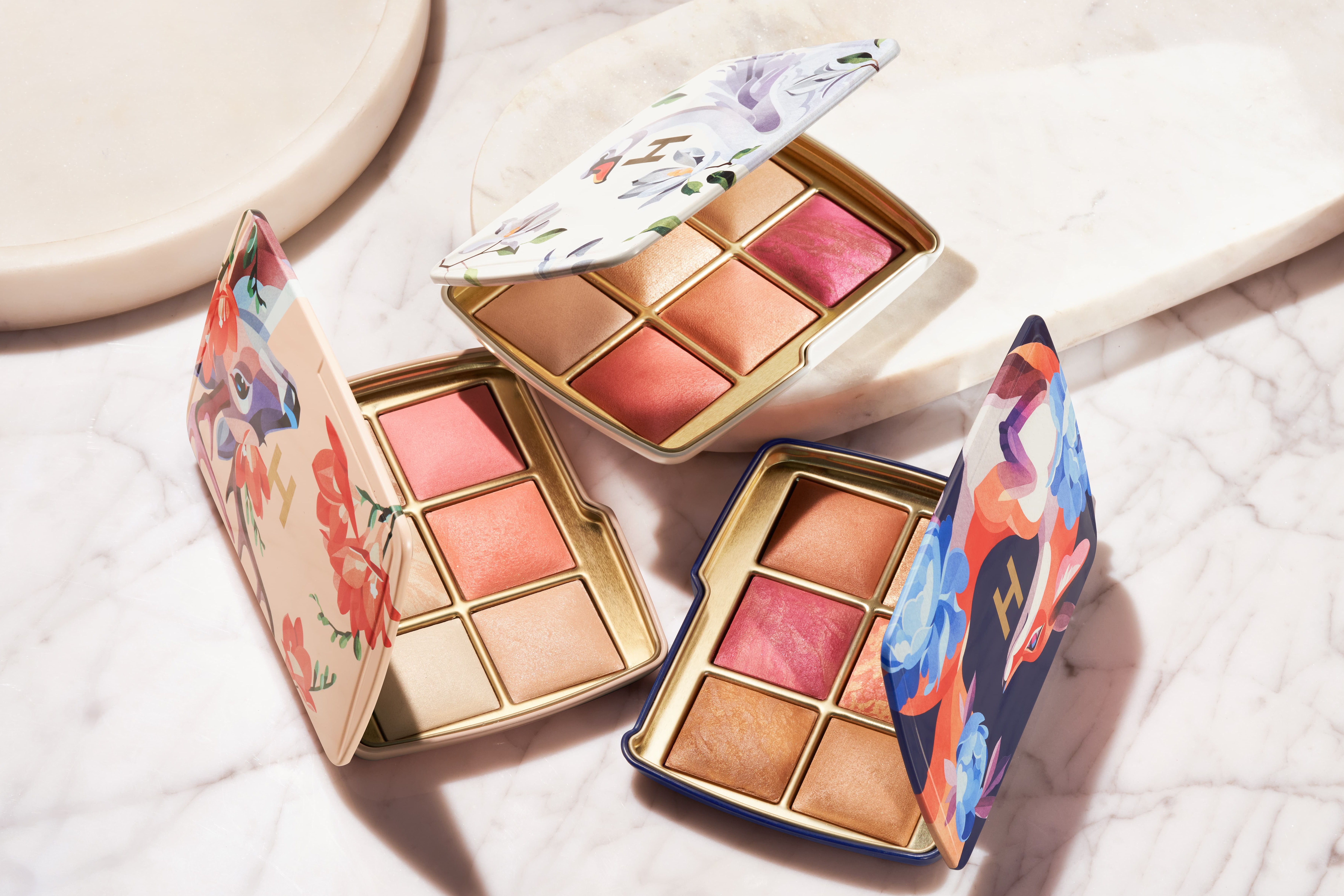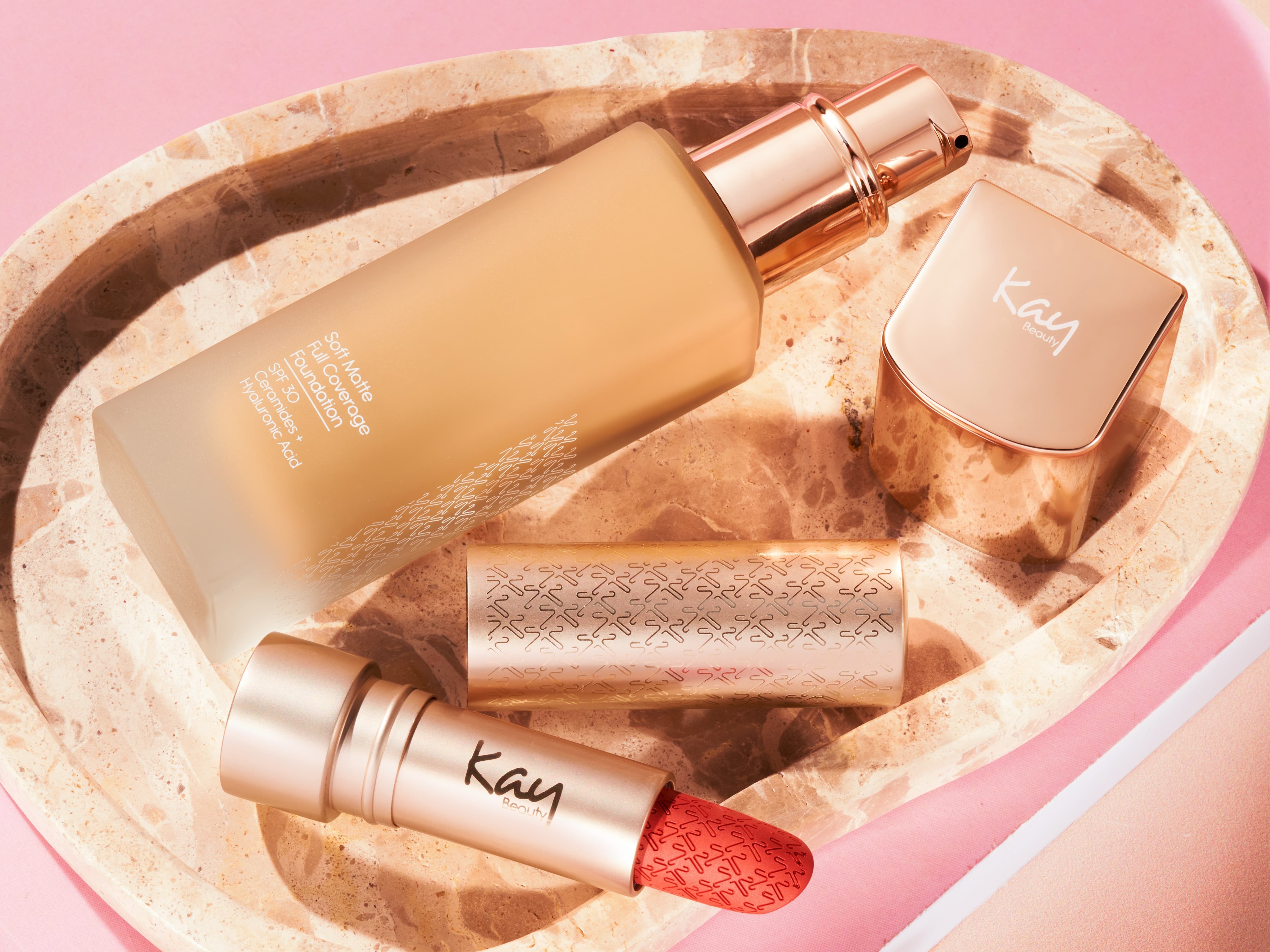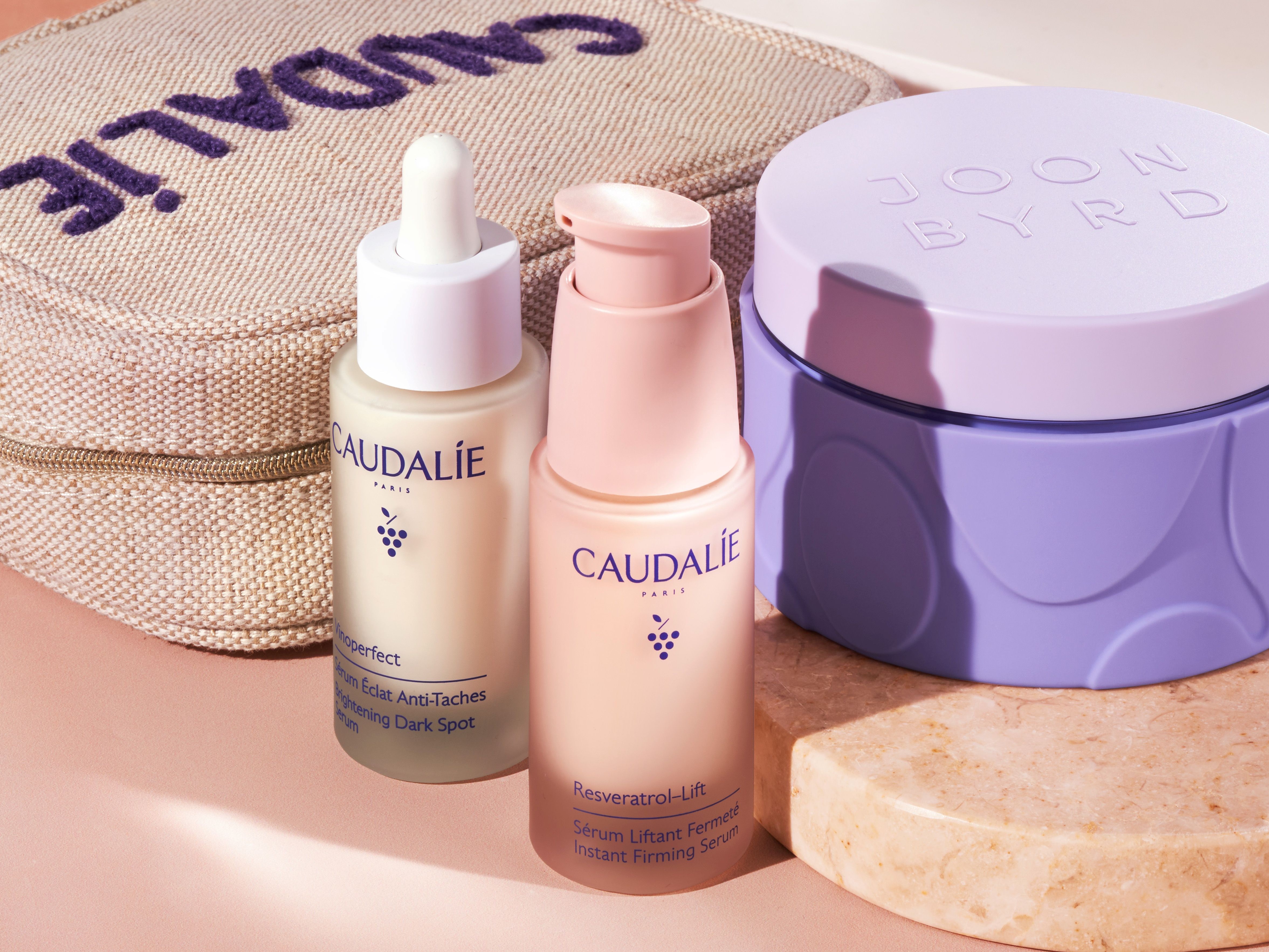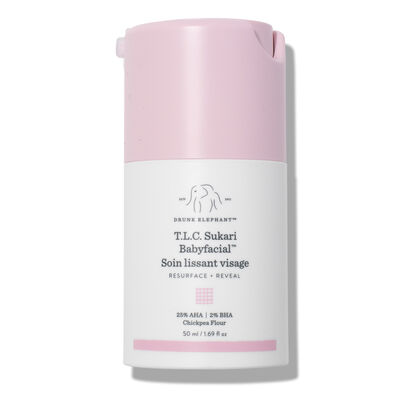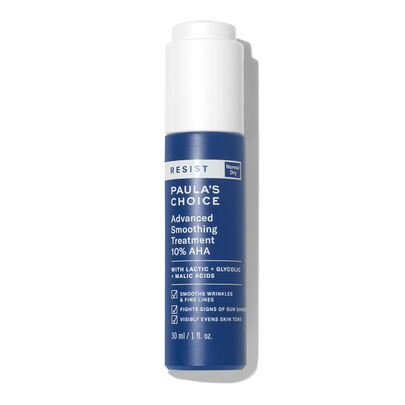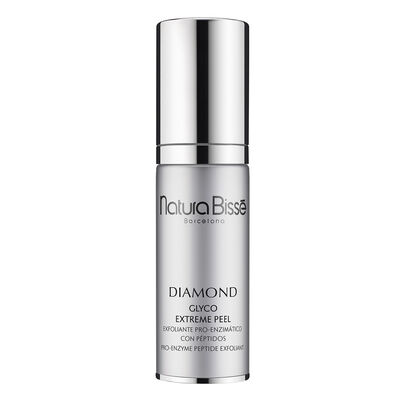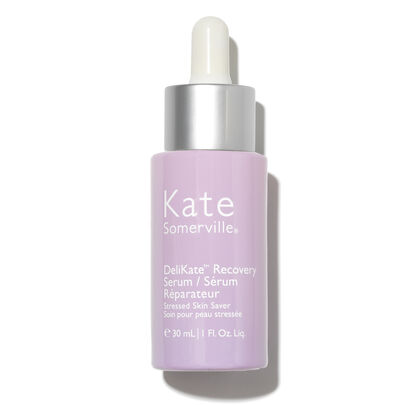Striking The Skincare Balance
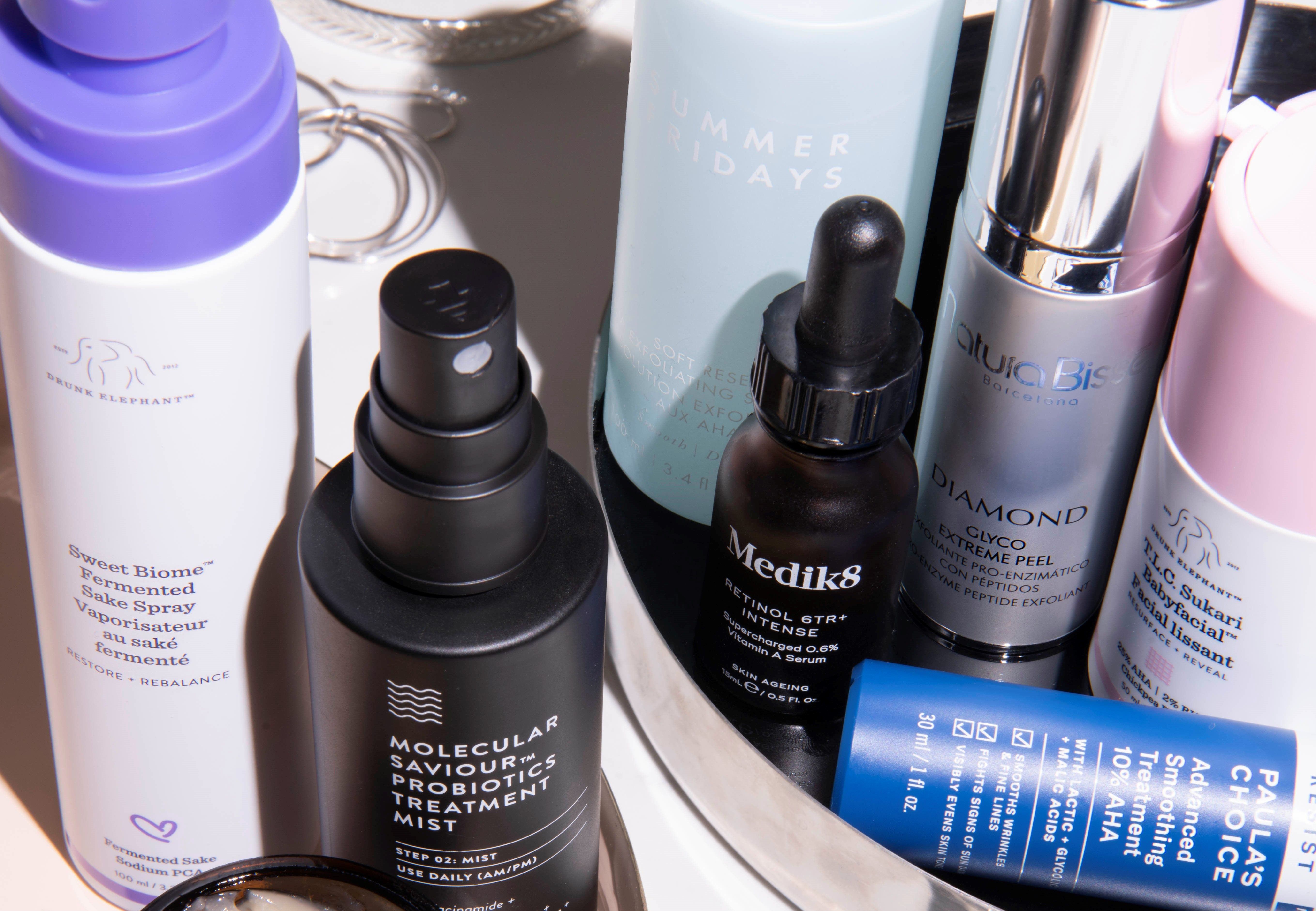
Getting To Know Your Microbiome
“The skin’s health is heavily dependent on its microbiome, which is the technical term for the billions of invisible microorganisms which live on its surface,” explains Daniel Isaacs, Director of Research at Medik8. Bacteria, viruses and fungi make up this ecosystem and help to strengthen and protect our skin from environmental aggressors. The balance of good and bad bacteria needs to be maintained to keep your skin in check.
When bad bacteria thrive, things can go awry. “In acne-prone skin, you get excessive sebum production and the colonisation of the bacteria strain, propionibacterium acnes, while people suffering with eczema tend to have increased populations of the bacteria staphylococcus aureus,” says Ophelia Veraitch, a consultant dermatologist at The Cranley Clinic in London, who notes that by curbing the overgrowth of these particular bacteria often improves the skin.
So, what disrupts the equilibrium of our skin? “Changes in pH, hydration and environment can all affect the microbiome balance,” says Daniel. Anything from bring too liberal with your glycolic acid, braving the Baltic temperatures outside without adequate hydration to overexposing your skin to pollution or UV rays can cause an imbalance of some degree.
Nurturing Your Own Bacteria
Levelling out the balance seems simple in principle - surely you just give your skin a healthy dose of good bacteria. In reality, we all have our own unique make up of bacteria, so deciphering which particular strain we’re lacking, or have an abundance of, and then targeting it successfully is almost impossible. That said, there are a handful of brands utilising probiotics in their formulas to help reset the equilibrium and create an environment where good bacteria thrive.
“The balance of your skin flora is benefitted by the gentle, natural formulations that form the basis of our products,” says Antonia Knox, Brand Manager at Aurelia Probiotic Skincare. “By treating your skin with pH-balanced, soothing, non-stripping or drying products, your skin’s natural microbiome will be kept in check.” The brand uses a non-live probiotic from the bifido family in the form of a glycoprotein (a molecule that enhances cell-to-cell communication) to protect, restore and balance. “We believe that this type of probiotic ingredient is the most advanced way to care for your skin as it helps to reduce cellular damage while promoting the production of collagen and hyaluronic acid for plump, dewy skin that glows.”
Drunk Elephant’s latest offering also taps into the probiotic genre. champions fermented sake extract and kombucha to restore and strengthen skin. With a pH of 4.5, this mist helps to replenish and rebalance your skin. (Without getting too science-y, your skin is naturally acidic with a pH of around 5.5, so formulas that are too alkaline - if you remember, seven is neutral and above that is alkaline - can result in sore flakiness.)
Incorporating Your Acids
The aim of probiotic skincare is to increase the levels of good bacteria to help restore a healthy complexion, while acid-based treatments, including your retinol serum and glycolic peel, technically take away as they help to dissolve the bonds that hold surface-sitting dead skin cells together. Don’t rid your bathroom of acids just yet though. “There is absolutely a place in skincare routines for acids. However, you must make sure that you’re countering any damaging effects with products that are going to help speed up the reparative process and avoid the temptation to overuse acids,” says Antonia.
According to Medik8, glycolic tends to be the acid we’re most likely to overuse, which will come as no surprise to anyone who’s experienced the smooth, soft radiance that’s achieved after using almost any formula that contains the alpha hydroxy acid (AHA). Paula's Choice Resist 10% AHA Treatment, N/A, Charlotte Tilbury Pillow Talk Push Up Lashes Mascara, N/A and all make light work of removing dry, dead skin and help to brighten your complexion almost instantly. Daniel recommends limiting your glycolic use to three times a week maximum and always following up with a pH balanced, nourishing hydrator.
Striking The Balance
“It can be very beneficial to use both acids and probiotics in conjunction with each other, so long as the formulation of the product you’re using is carefully balanced, and you don’t overuse the acids,” says Daniel. In fact, Medik8 Balance Moisturiser and Glycolic Acid Activator was formulated with this in mind. “They work together - not taking too much away, whilst also adding plenty of goodness to the skin.”
Cocktailing your acids treatments with nourishing probiotic packed formulas can also leave you with a hydrated, healthy glow. If you’re partial to Natura Bissé Glyco Extreme Peel, N/A or use twice a week, following up with Kate Somerville DeliKate Recovery Cream, N/A and having to hand for liberal mists throughout the day.
By using acid treatments to enhance your glow and probiotic-fuelled formulas to feed your bacteria, you skin should feel softer, smoother and nourished all-year round.


